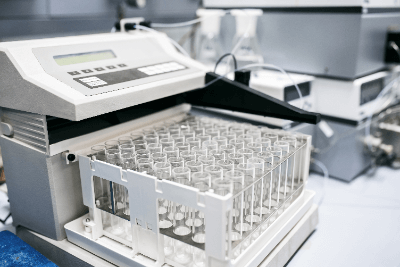What Is a Preparative HPLC?

Preparative HPLC (high-performance liquid chromatography) is a technique that separates and collects components from a mixture. It’s widely used for purifying main components or collecting trace amounts of impurities contained in samples. Utilizing the same principles as standard HPLC analysis, Preparative HPLC achieves separation and purification based on compound characteristics like chemical structure, molecular weight, and steric structure. This process can be scaled from milligrams to kilograms by adjusting the column size and instrument configuration.
Applications of Preparative HPLC
Preparative HPLC is essential in various fields:
1. Chemical Synthesis Purification
Used to separate and obtain individual components after chemical synthesis, particularly in organic and biochemistry fields where samples often contain impurities and by-products.
2. Side Reaction Analysis
Allows the collection of separate fractions for the analysis of main components and impurities, essential in material and chemical industries for evaluating sample purity and analyzing side reactions.
3. Protein and Macromolecules Purification
Employed in biological fields for purifying proteins and macromolecules, using size-exclusion chromatography columns for precise fractionation.
4. Natural Product Purification
Utilized for extracting specific compounds from complex natural product samples, often employing reversed-phase columns for high-resolution separation.
Principle of Preparative HPLC
Preparative HPLC operates similarly to analytical HPLC, separating compounds based on their interaction with the stationary phase in the column. Columns packed with porous silica gel or functional group-modified silica gel facilitate the separation of components based on their physicochemical properties as they pass through the column.
Other Information About Preparative HPLC
1. Stationary Phases (Normal and Reversed Phase)
The stationary phase function varies depending on its composition. Normal phase mode uses silica gel with organic solvents, while reversed-phase mode, typically employing C18-modified silica gel, separates substances based on their hydrophilic or lipophilic nature.
2. Fraction Collector Integration
Preparative HPLC can be coupled with a fraction collector to separate and collect eluates at specific times, allowing for the concentration and purification of target products.
3. Recycling System
A recycling preparative HPLC system uses a switching valve to pass eluates through the column multiple times, enhancing separation efficiency. This setup mimics the effect of a longer column, providing better resolution but requiring a dedicated device.